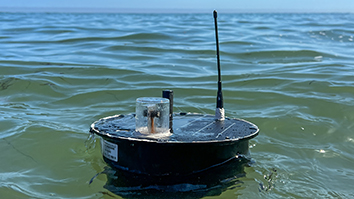Citation
de Zambotti, M., Covassin, N., Sarlo, M., Tona, G. D. M., Trinder, J., & Stegagno, L. (2013). Nighttime cardiac sympathetic hyper-activation in young primary insomniacs. Clinical Autonomic Research, 23(1), 49-56. doi: 10.1007/s10286-012-0178-2
Abstract
Purpose
A growing literature supports the association between insomnia and cardiovascular risk. Since only few studies have provided empirical evidence of hyper-activation of the cardiovascular system in insomniacs, the aim of the present study was to analyze cardiac autonomic responses in primary insomnia.
Methods
Impedance cardiography and heart rate variability (HRV) measures were assessed in 9 insomniacs and 9 good sleepers during a night of polysomnographic recording.
Results
Insomniacs were found to be characterized by a constant sympathetic hyper-activation which was maintained all night, as suggested by a faster pre-ejection period (PEP) compared to good sleepers. In addition, only insomniacs showed a strong reduction in heart rate in the transition from wake to sleep. Both groups exhibited a reduction in cardiac output and sympathovagal balance, i.e., reductions in low-frequency/high-frequency ratio and increases in high-frequency normalized units of HRV, across the night. In addition, in our sample, a high physiological sympathetic activation (fast PEP) at night was found to be directly associated with low quality of sleep.
Conclusions
These preliminary findings suggest that a constant cardiac sympathetic hyper-activation throughout the night is a main feature of primary insomnia. Our evidences support the association between insomnia and increased risk for cardiovascular diseases.


